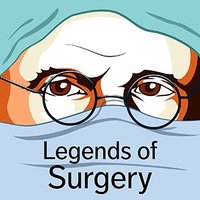
Legends Of Surgery
@surgerylegends
The podcast that tells the stories of the people and events that make up the history of modern surgery.
ID: 3875608216
05-10-2015 23:55:08
2,2K Tweet
30,30K Followers
151 Following

I distinctly remember Neel Datta telling me this story about treves as an R1. Legends Of Surgery In response to Edwards’s outcry of “I have a Coronation on hand,” Treves replied, “It will be a funeral, if you don’t have the operation.”

Next episode check out 'Extra bits on Valvular disease " podcasters.spotify.com/pod/show/naomi… Pastest TeachMeSurgery National Surgical Teaching Society American College of Cardiology The Royal College of Surgeons of Edinburgh Legends Of Surgery Core Surgery Training Hub UK coresurgicaltraining ASiT



Mortality rates were high in the wards which smelled putrid. Lister demanded an investigation assuming it was due to a foul drain. Excavation revealed the truth thousands of decomposing bodies. Carbolic acid, quicklime & more earth were applied. Lister wrote abt it in The Lancet
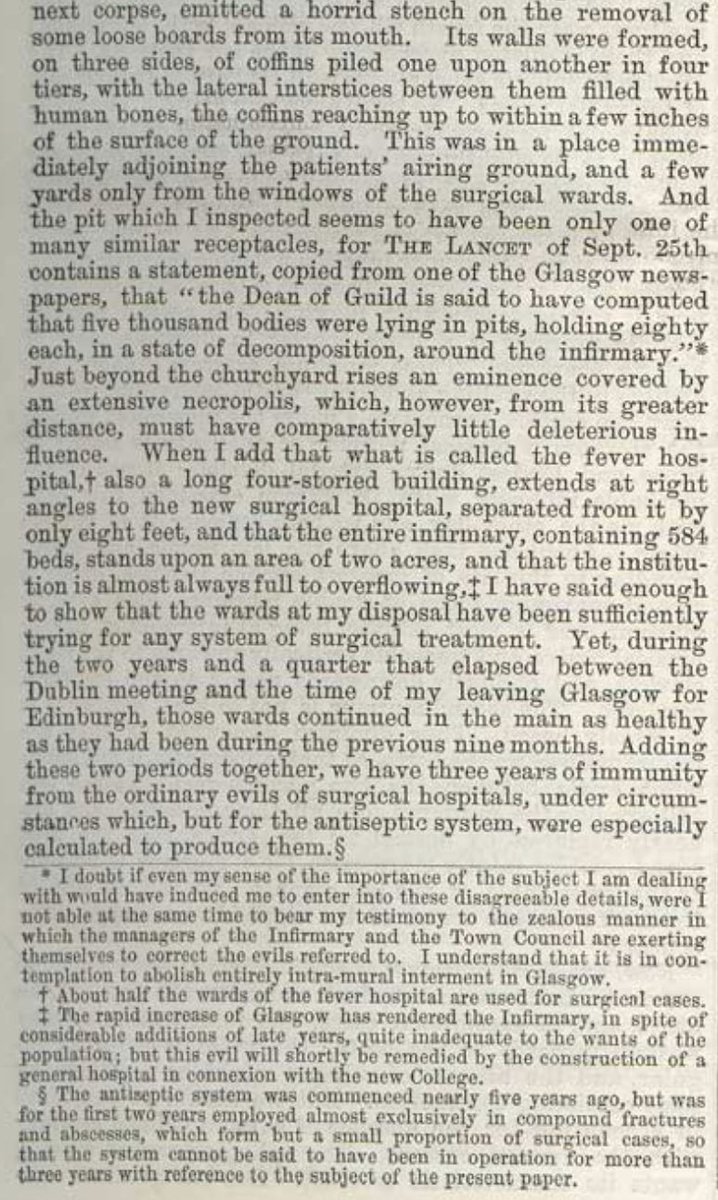


The first description of #Trendelenburg's elevated position was given by one of his students, Willy Meyer in 1885. Friedrich Trendelenburg described it in 1890, in his paper on vaginovesical fistula #surgery and has since taken its eponym. #medizin Legends Of Surgery #chirurgia
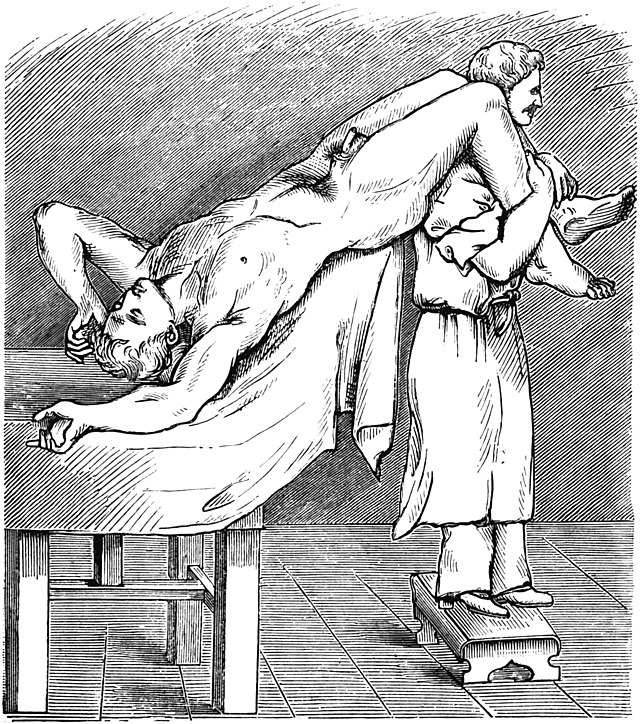



"Antonio Scarpa" hall in Pavia, Italy, depicts the allegory of the harmony between Medicine and Surgery. Medicine (Iatreia) holds the rod of Asclepius while Surgery (Keiroyrghia) holds a scalpel. Legends Of Surgery
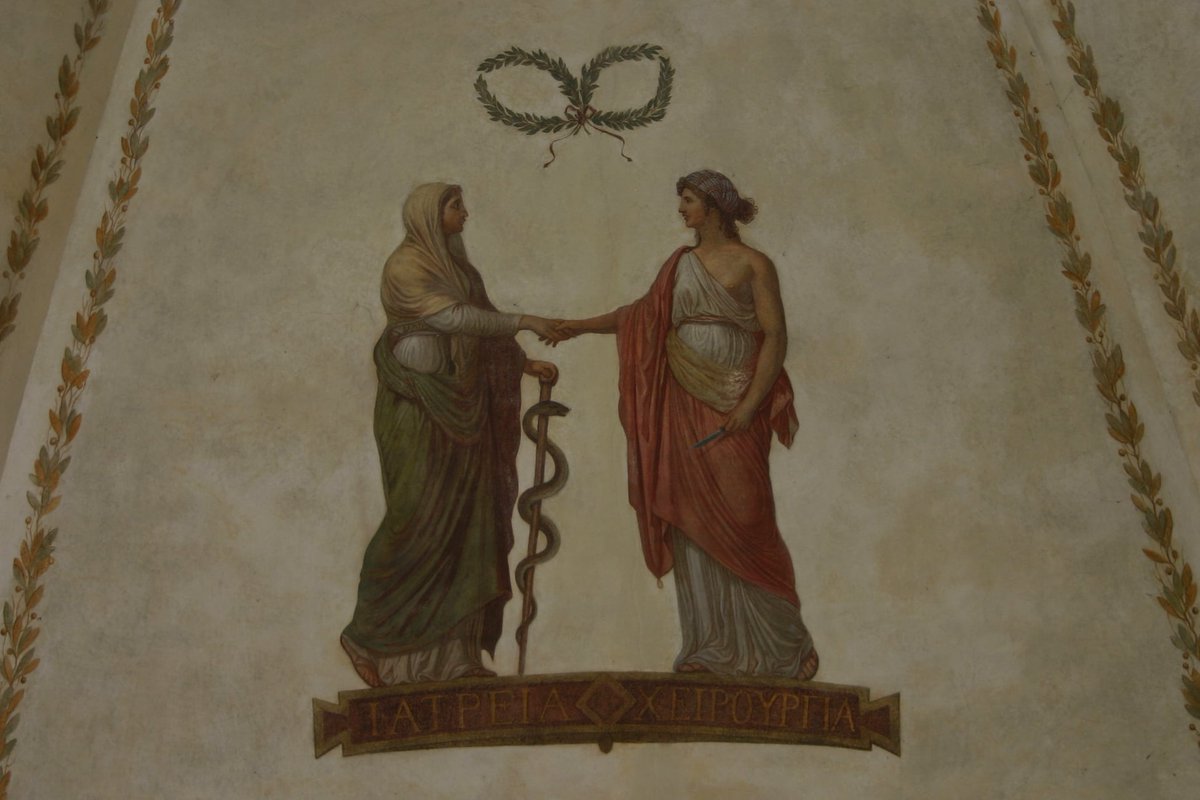

Johannes Fatio was the first #surgeon to report a successful separation of conjoined twins, in Basel on 23 November 1689. The twins, Catherine and Elisabeth, were connected at birth between the xiphoid process and the navel. #histmed #historiamedica Legends Of Surgery #surgery
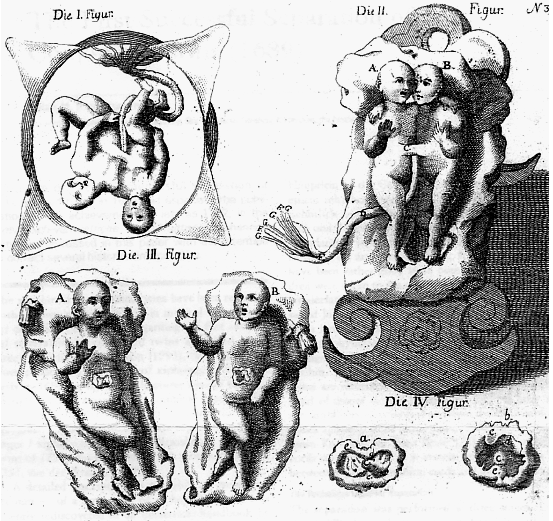



"La via de cavar la piera" (The road to remove the stone) in Italian Renaissance. #histmed #historiamedica #surgery #chirurgia #lithotomy #MedTwitter #medicine #medicina Legends Of Surgery

#OTD in 1829 Theodor Billroth, a pioneer of modern #surgery, was born. He was responsible for the first esophagectomy in 1871, the first laryngectomy in 1873 and the first removal of gastric #cancer in 1881. #histmed #historiamedica #medicine Legends Of Surgery #chirurgia
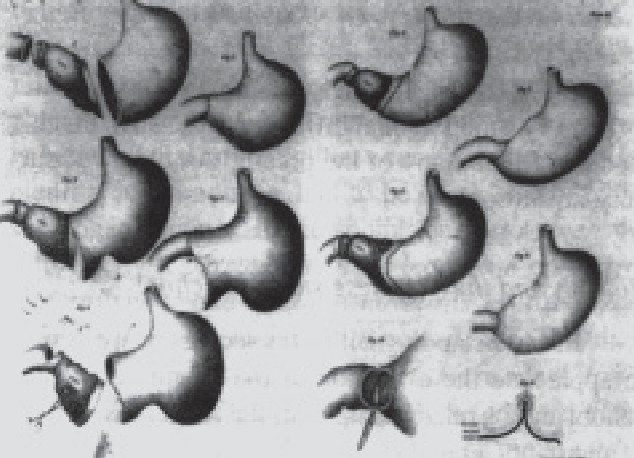



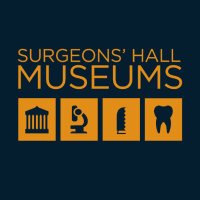
In the 17th century the making of whisky or 'Aquae Vitae' was a privilege of the Incorporation of Barber Surgeons. This right stopped when the barbers separated from the surgeons in 1722. This whisky still is on loan from Science Museum











